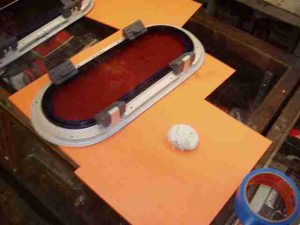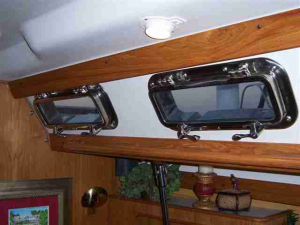Baby Stay on Early C387’s
Warren Elliott
Feb, 2007 Hull #: 44
For C387 captains with the baby-stay configuration [hulls #1-60+], a few of you have reported, on our Sailnet email discussion group, a bit of damage to the baby-stay tie points in the forward cabin. These have been- or are in process of- repair. Please note that various conditions can put excessive strain along the baby stay, just as they can on any stay or shroud.
I suggest checking the at-rest rig tensions, especially on both the baby stay and forestay; over tensioning the former and under tensioning the latter can be problematic. A “Loos” gauge or equivalent may help you get the best set-up. The forestay should be moderately tight; some riggers suggest the tension be set as tight as 10% of breaking strength, which is about 1000 lbs. If a back-stay tensioner is installed, know your stay
You need to be logged in to see the rest of this content. Catalina380-IA members, please login.
To join please fill out a membership application (Association->Membership Application) and send a check to the address on the form.


